Some photographs are not of great value as such, but rather as a memory of an event or the daily life of a population. This is exactly what can be seen in the book «Aljezur 1970-2000 | Memórias», which was launched on Friday, August 19th, in that village on the Costa Vicentina, in a well-attended outdoor session.
This is the second volume published within the scope of the research project «Aljezur “between vision” of place and memory – safeguarding the material and immaterial heritage of a (un)protected municipality», for which Maria João Pereira Neto, professor from the Faculty of Architecture of the University of Lisbon, researcher at CHAM – Center for Humanities (CHAM – Nova FSCH), born in Aljezur.
the first album, released in November 2018, showed the photographs kept in the trunks of Aljezur families between 1869 and 1969, on a century-long journey through images of a world still in black and white.
Now, with this new edition, the cycle is completed, revealing another 30 years of life, recorded in photography, of the municipality of Aljezur.
João Mariano, a photographer residing in the village and son of a local family (who also contributed to the book) is the owner of the company 1000olhos, and, with his wife Lénia dos Santos, was responsible for the careful graphic production of the book and also for the collection and selection of photos.
«This volume, from 1970 to 2000, would not exist without the first one», explained João Mariano, stressing the fact that the date of August 19, International Photography Day, was chosen on purpose to launch a work that mainly has a of images.
The book is the result of «two long years of research with Aljezurense families», through «an immense work of collection, selection, digitization, editing and identification only possible thanks to a vast and comprehensive team work that brought together technicians, institutions , associations and families in the municipality of Aljezur».
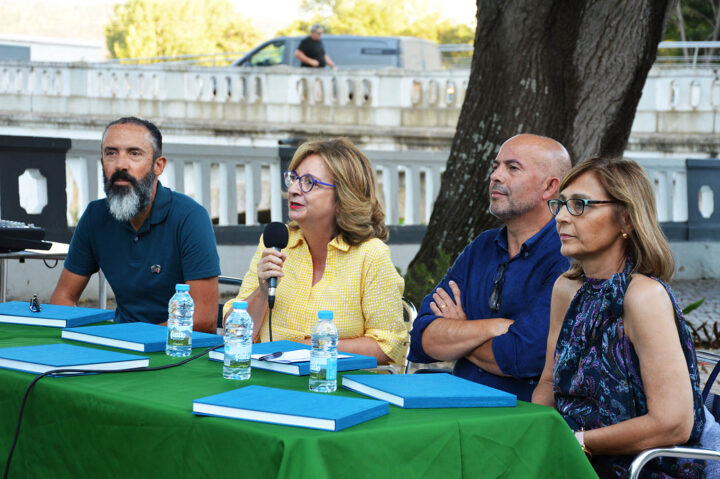
Maria João Pereira Neto, for her part, stressed with great emotion that the album is «a collective work, made by everyone, for everyone, that will stay in everyone's memory and in the generations to come».
In the book, the researcher wrote: «this is how we return to the territories of individual and collective memories of the municipality of Aljezur, assuming the cycles of time: of departures, of change, of returns, of dreams and (des)hopes. , in a future that insists on being radiant».
In this time frame from 1970 to 2000, continues Maria João Pereira Neto, «there was a glimpse of some possibility of progress, which always took a long time to reach one of the most peripheral and depressed municipalities in the south of the country, from an economic and demographic point of view» .
João Mariano, reading a sentence from the text he wrote for the book, said: «The families of Aljezur once again showed great pride in their land, opening their drawers to us and showing generously and with the greatest appreciation their collections of images. In each new wave, we discovered noble moments, situations of greater eloquence and social vigor, religious, sporting and cultural celebrations, the fleetingness of everyday life, the emotional feeling of a greeting, the nod to the passing of the days, visits to family members , the work of the countryside and the sea… A diversity of events and situations that we have added here so that we can all trace the last three decades of Aljezur at the end of the last century, through these 240 photographs that so eloquently summarize this period».
And, in fact, leafing through the book, there are photos of places, some of them almost unrecognizable today, of parties and celebrations, of games, athletes and football teams, of heroes and local figures, of school classes, of shows and initiatives of the collectivities, of illustrious visits when Aljezur, finally, started to be on the route of politicians, of the construction of important works and their inaugurations, of the works in the field and in the sea, of the joys of the April revolution, but also of the scare with the floods in the floodplain or with fires.
The photographs, many of them evidently amateur, are there, in all their splendor and meaning, without chromatic correction or retouching.
As João Mariano explains in the text he signs in the book, «the time that was poured on the images remains with them. The handling marks and the labels that identify them are still glued to them…These images don't need make-up or social media filters. They are beautiful with their marks of life».
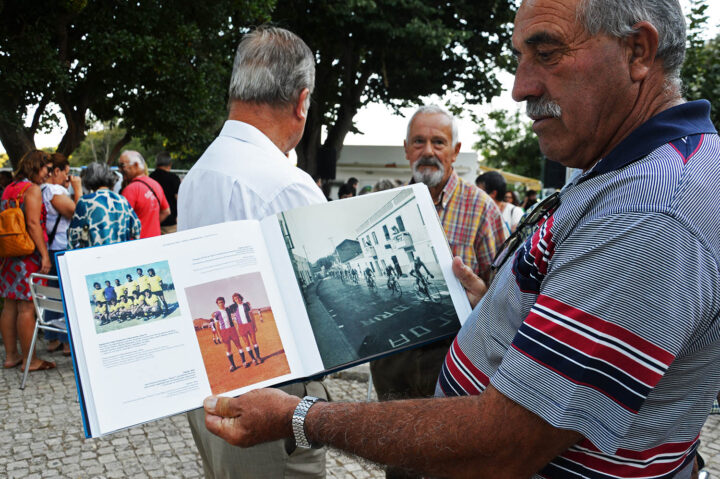
Because it is a time, despite everything, more recent, there are faces that can be recognized and some of those portrayed in the photos were even present at the book launch. This was the case of José Manuel Fonseca, who, proudly opening the book, pointed to a photo, with the faded colors of the 70s, where he appears next to another player from Juventude Clube Aljezurense. «This is me, almost 50 years ago…».
Almost next door, Fernando Barradinha, founder and director of the local newspaper «Algazur», also leafed through the work, seeing the many photos, authored by him and published in that periodical throughout the last decades of the XNUMXth century.
Paula Marreiro, kindergarten teacher, sitting on a bench with a friend, pointed to a photo of a recreation of the Via Sacra, in the 90s, made by young people from the parish. «This one, facing away, it's me, said Madalena. It was from here that my theater bug remained.”
In his speech at the launch of the book, which took place in Jardim da Liberdade, next to the Aljezur stream and its bridges, José Gonçalves, mayor, underlined that, in the two volumes of these photographic memoirs, there are «130 years of our history , which are recorded for posterity'.
“It is very important that we manage to recover our history, not let certain events of the past be forgotten”, concluded the mayor.
At the end of the session, the book was distributed, sparingly, to the people present, many of them members of the families that contributed to the photographic collection published in the work.
The book will be sold by the Câmara de Aljezur, as well as in the Aljezur SW Portugal powered by 1000eyes, in that village. But it is not yet known when.
The work «Aljezur 1970-2000 | Memórias» is the result of a partnership between 1000olhos – Imagem e Comunicação and the Municipality of Aljezur, which has had an institutional protocol with the Faculty of Architecture of the University of Lisbon since September 2014.
Photos: Elisabete Rodrigues | Sul Informação
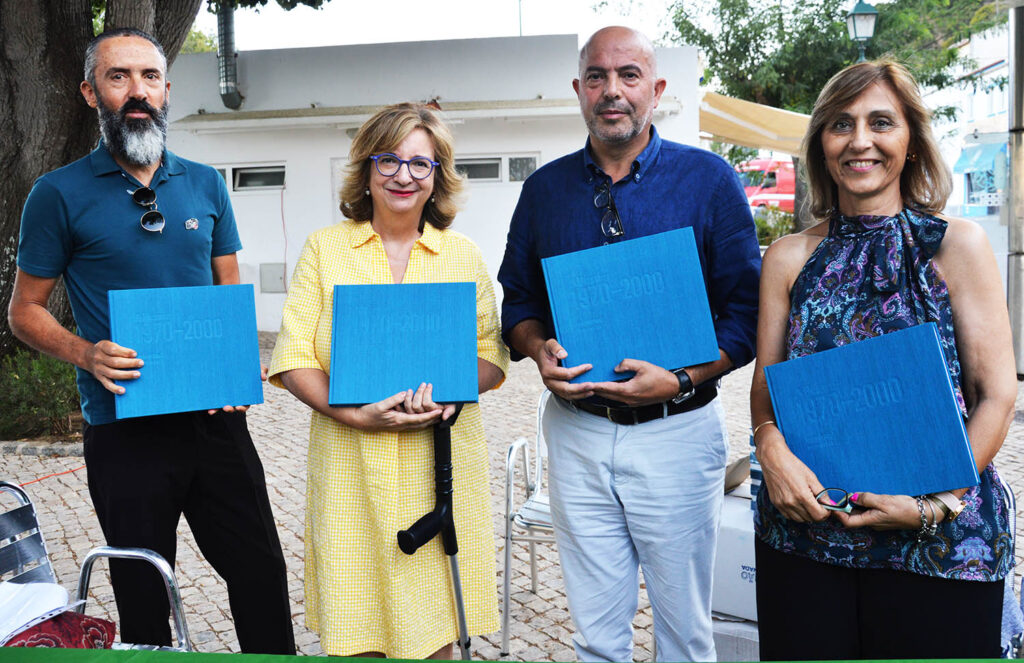
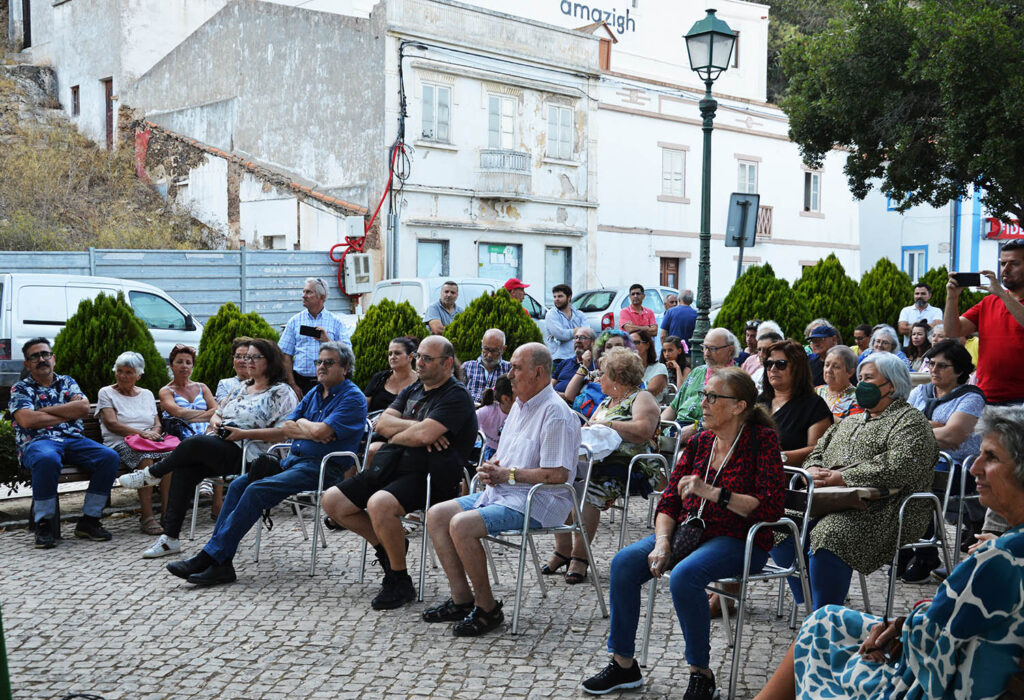
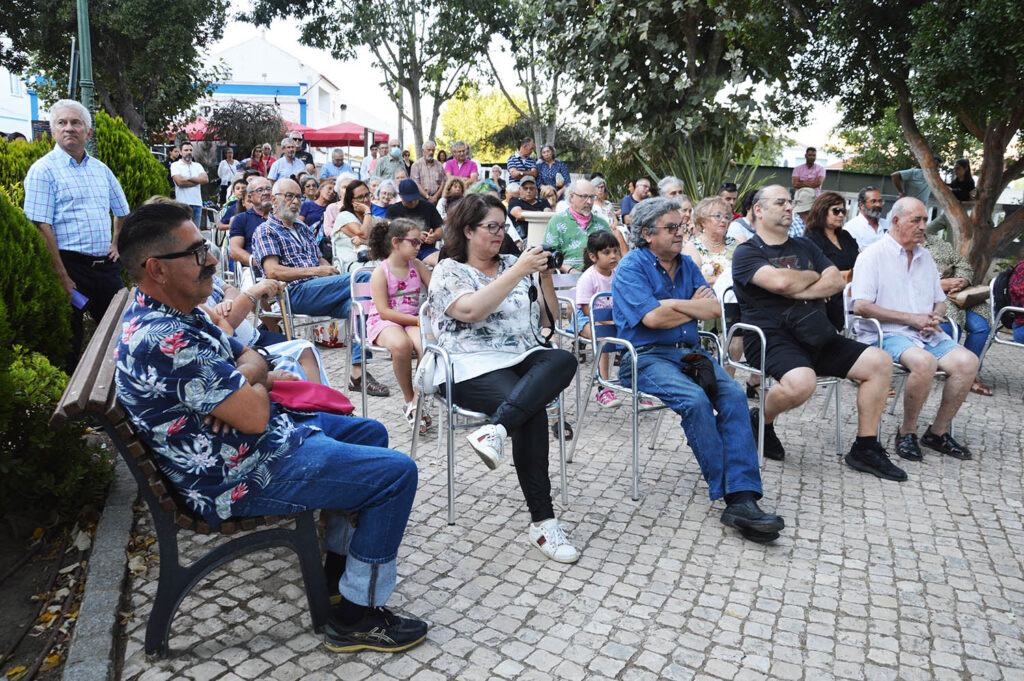
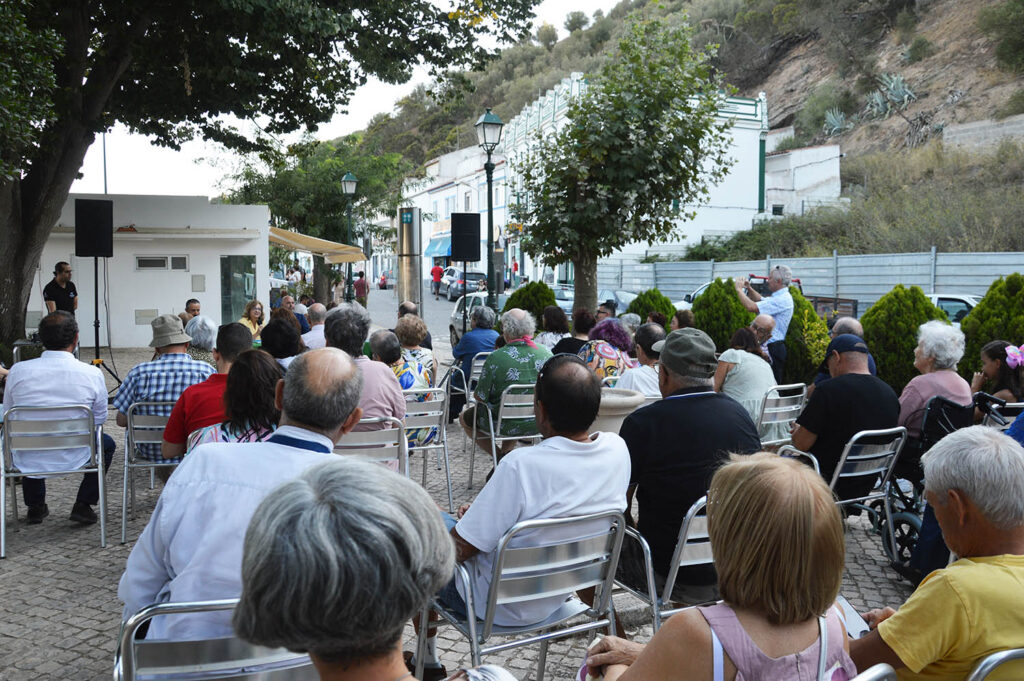
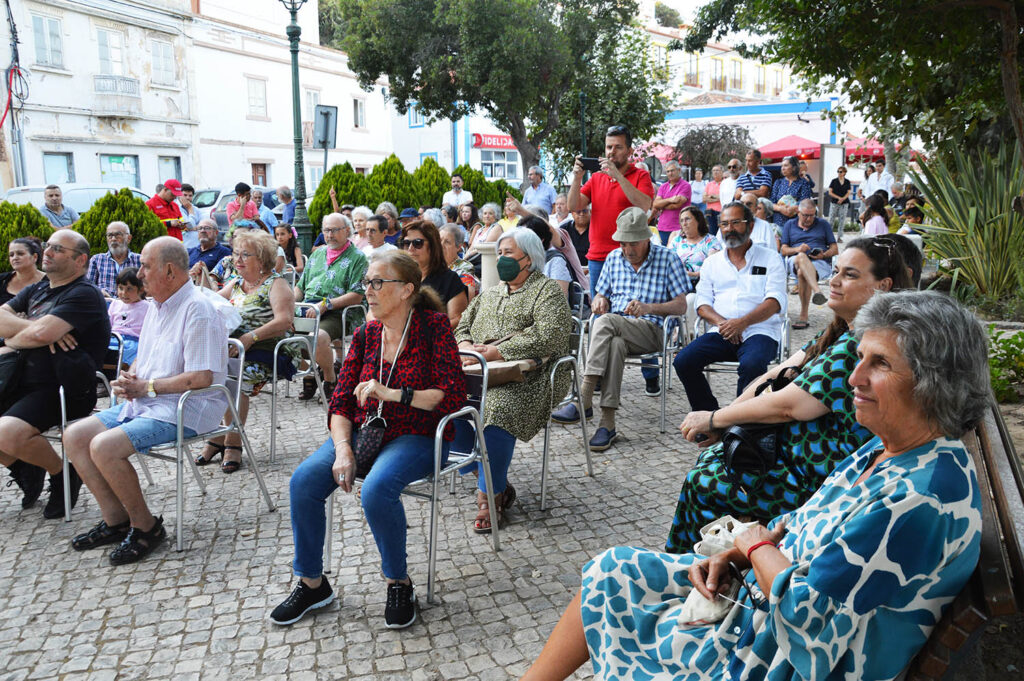
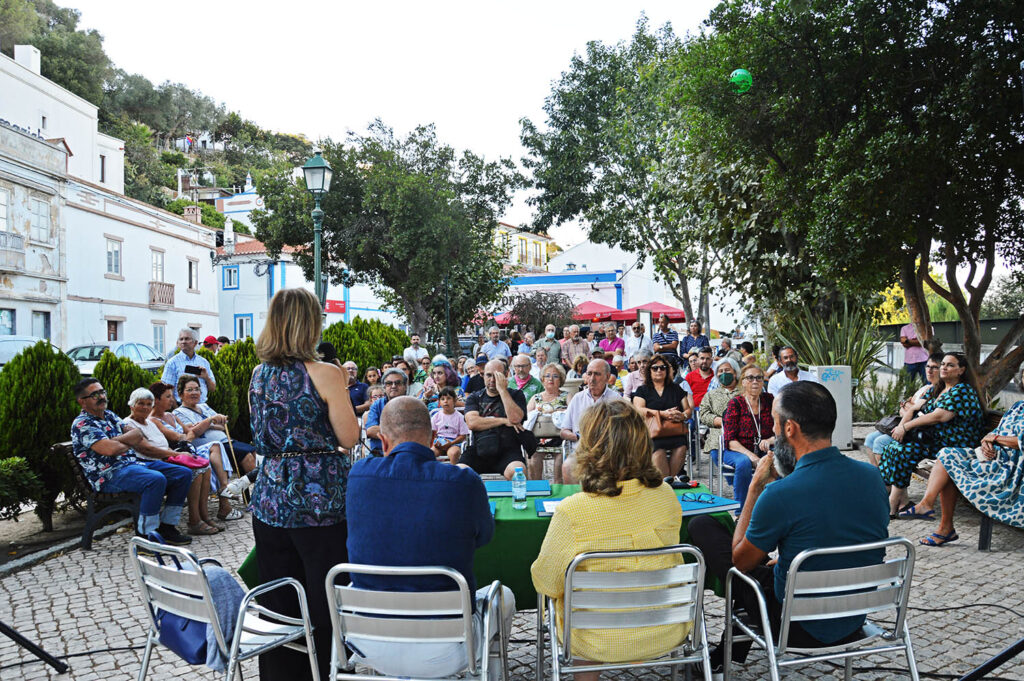
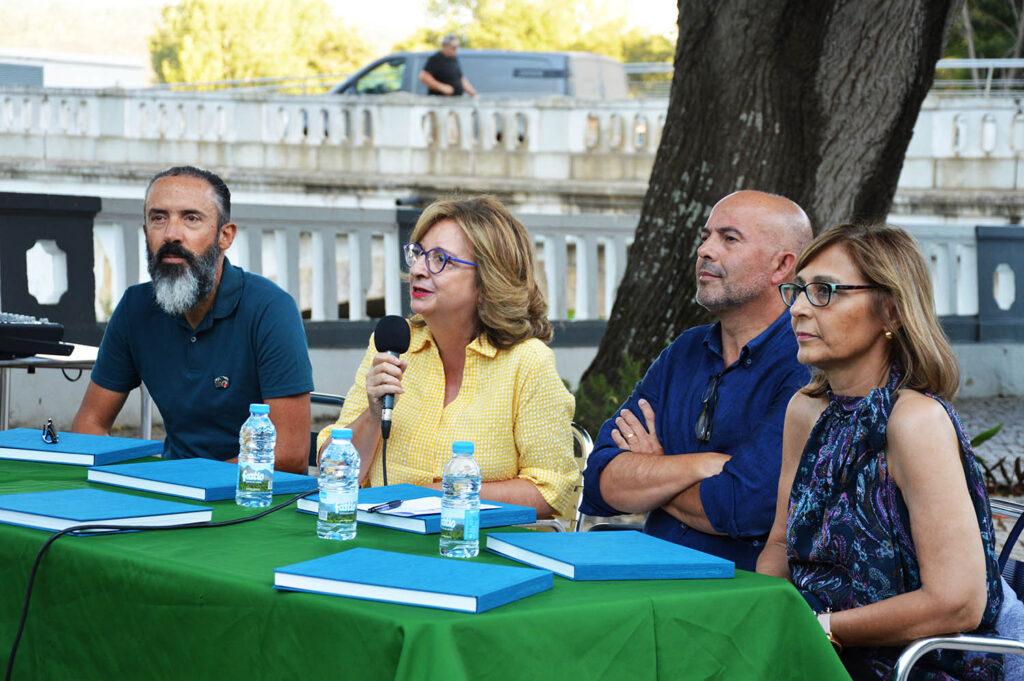
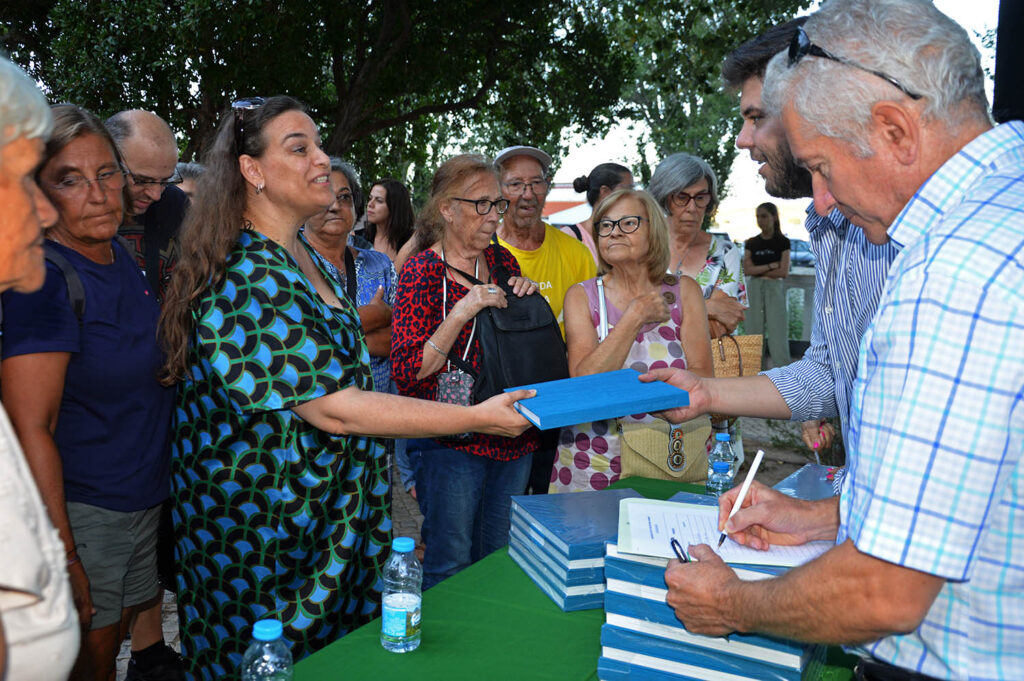
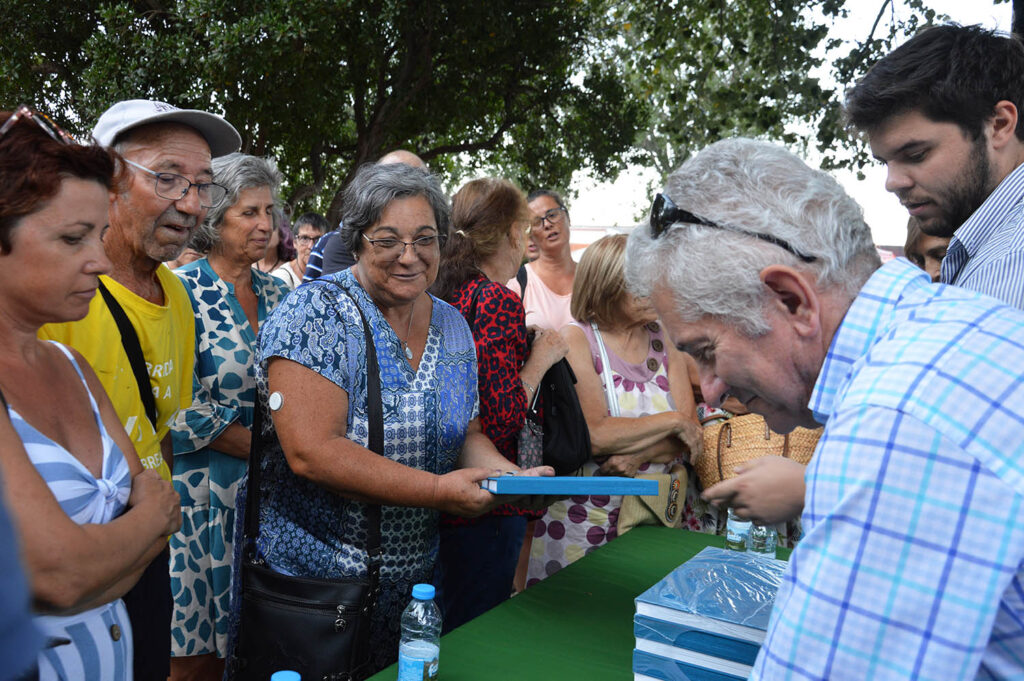
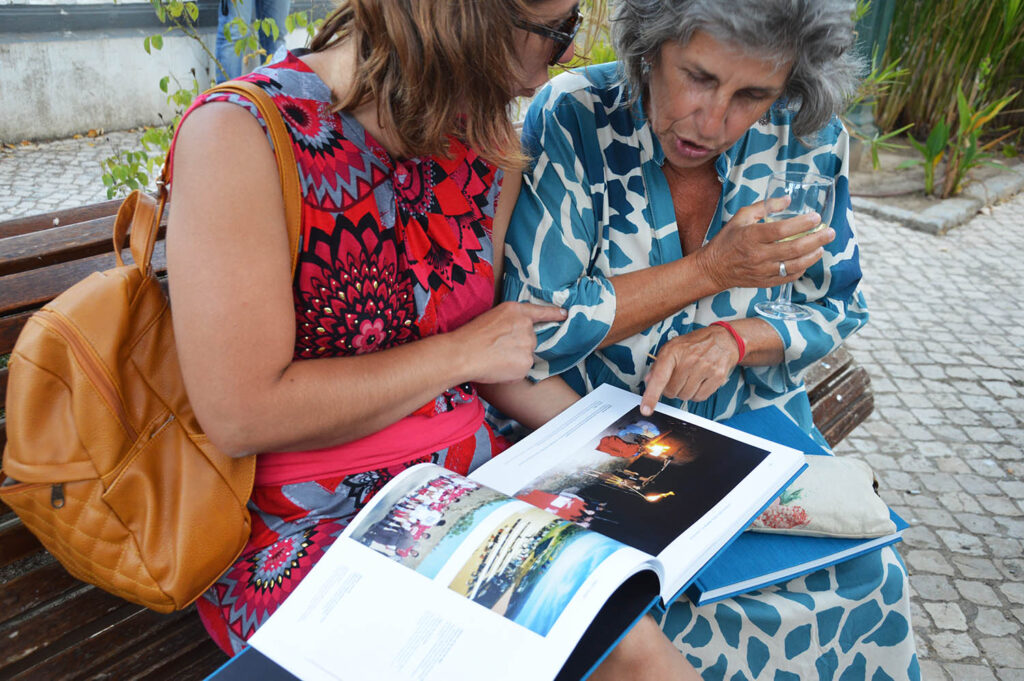
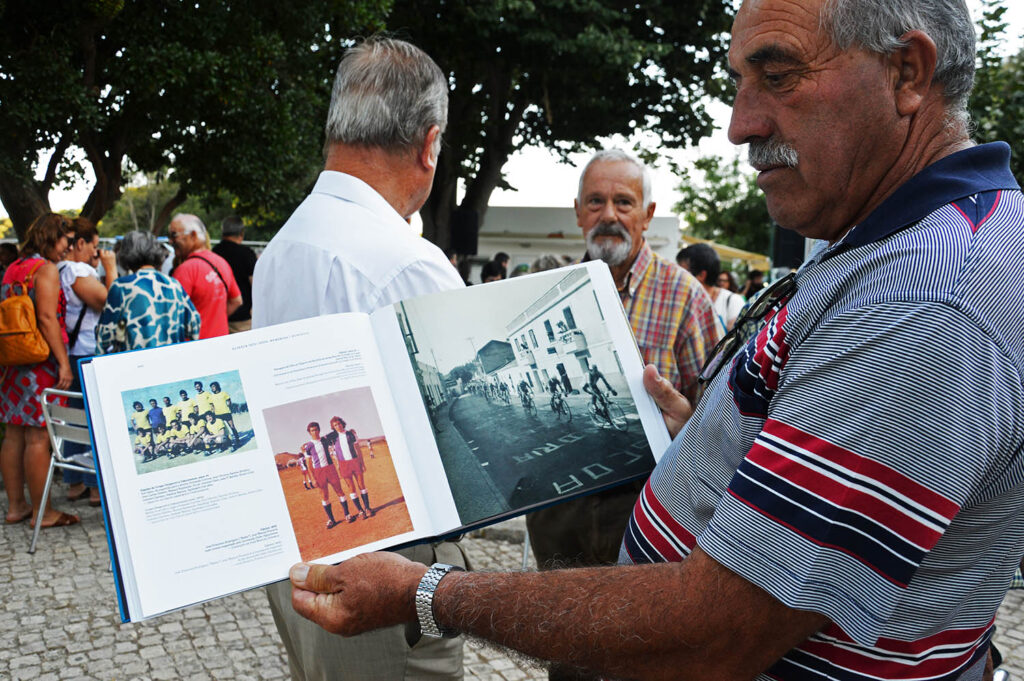
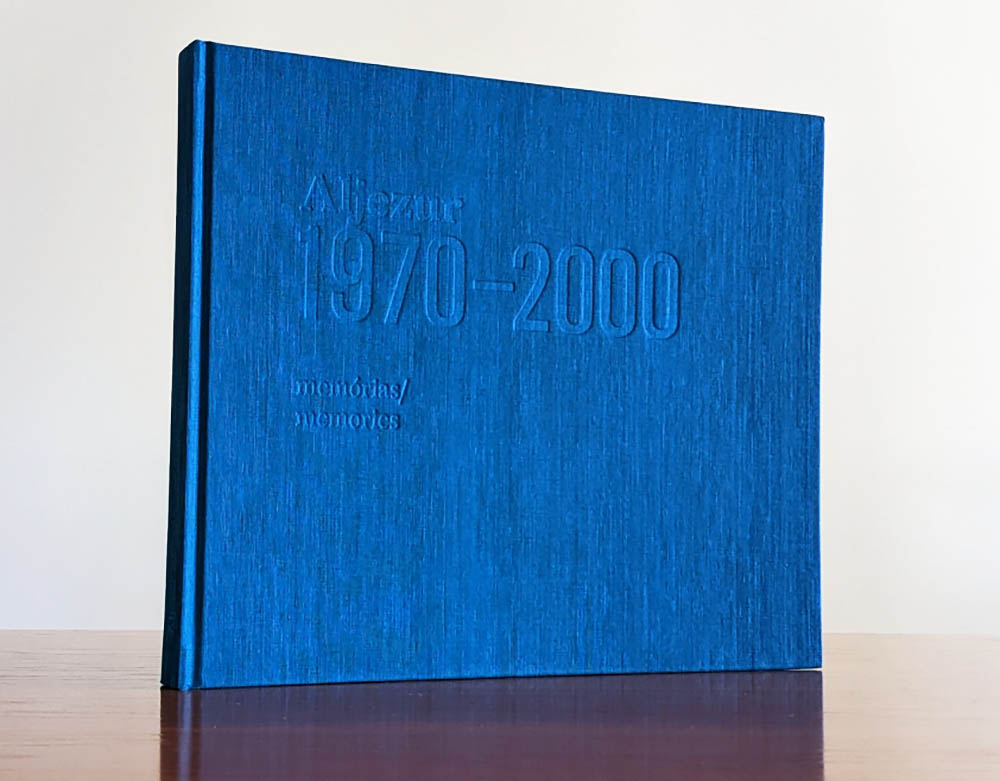
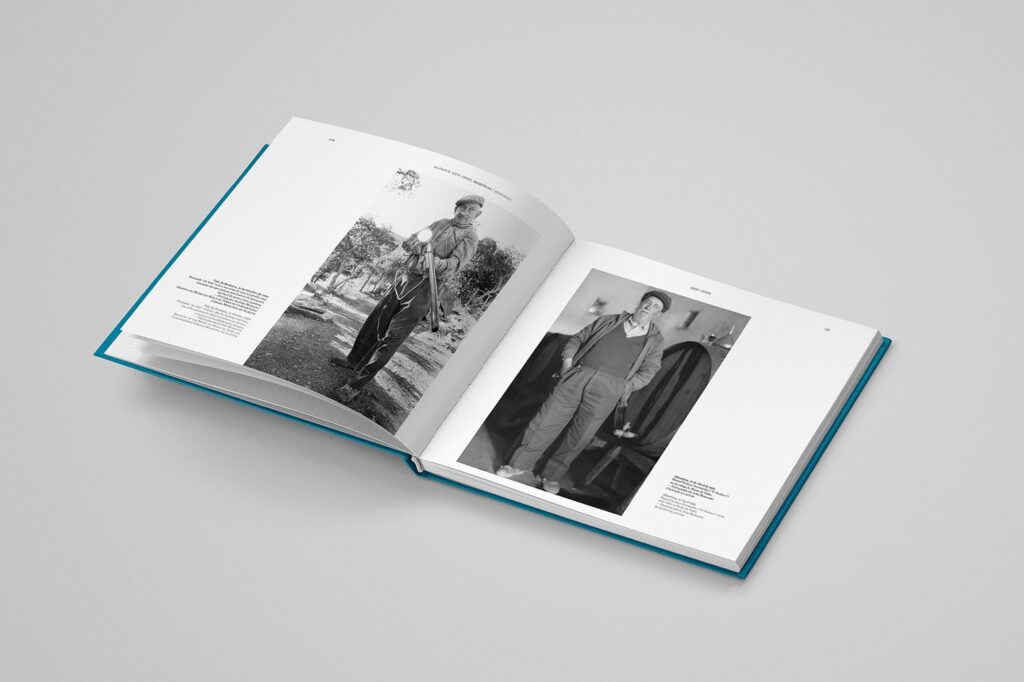
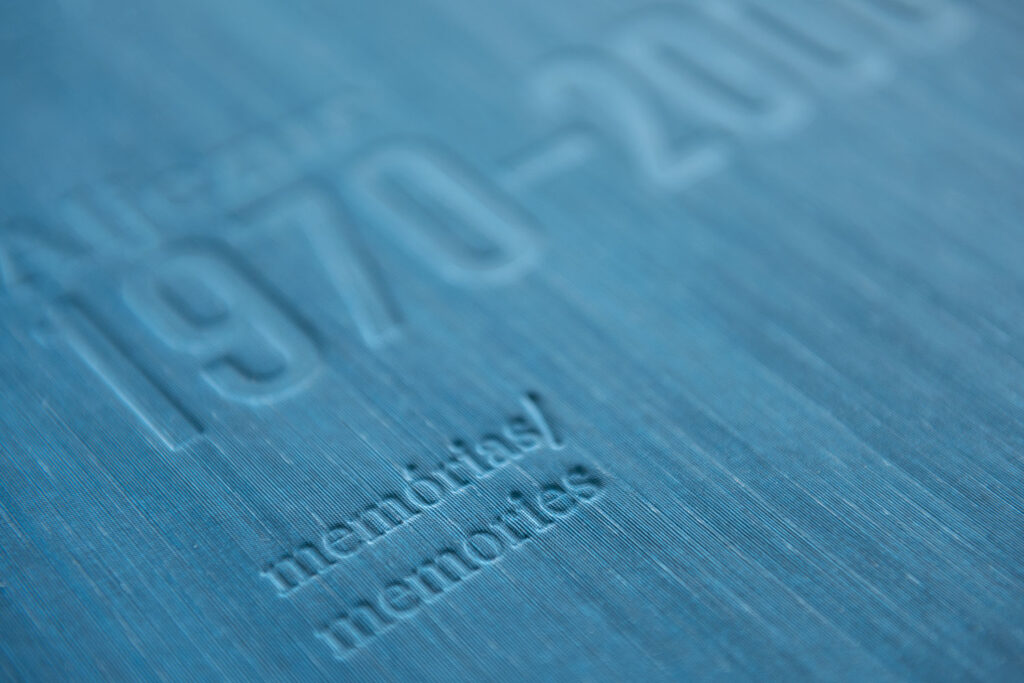



















Comments